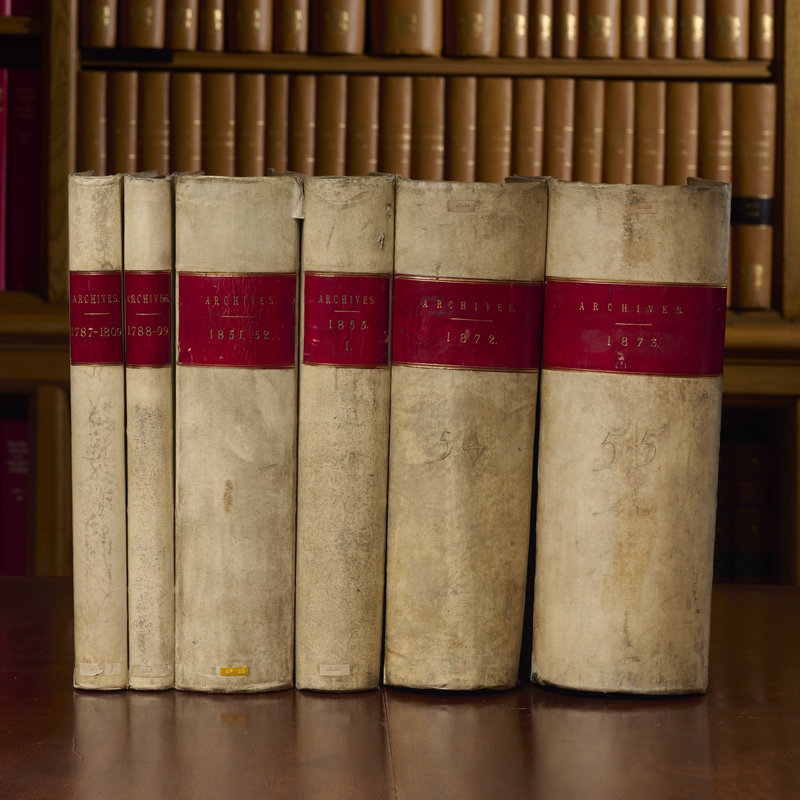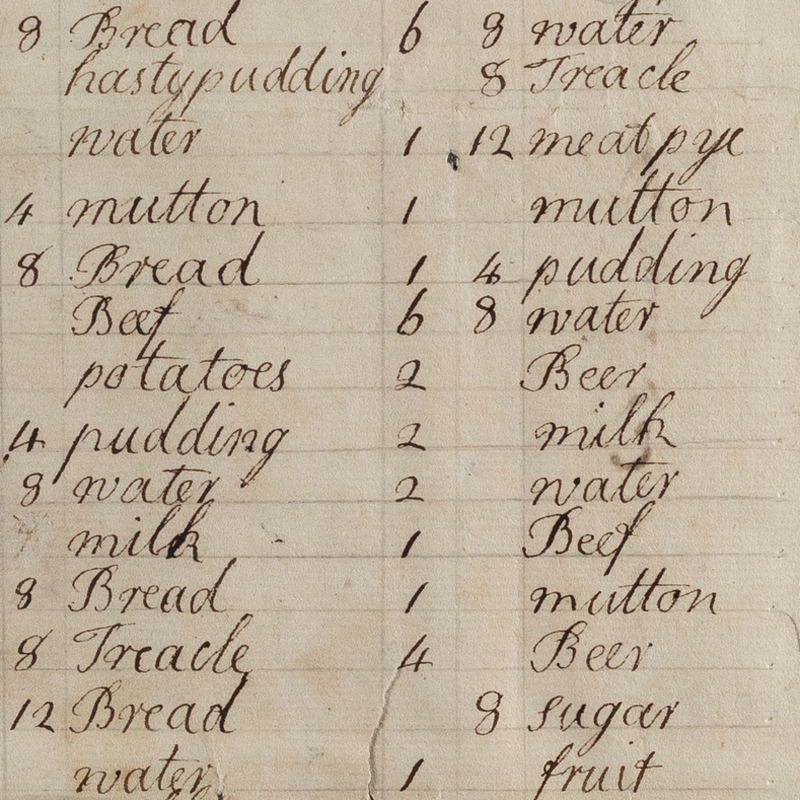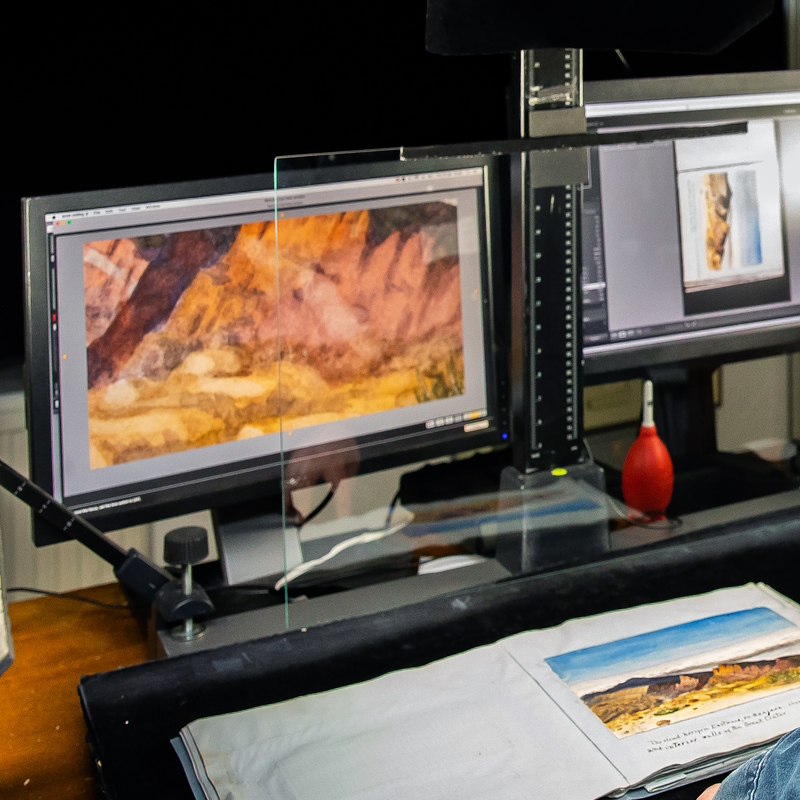Jon Bushell investigates why a paper on the kinetic theory of gases, submitted to the Royal Society by John James Waterston in 1845, was eventually published 47 years later.
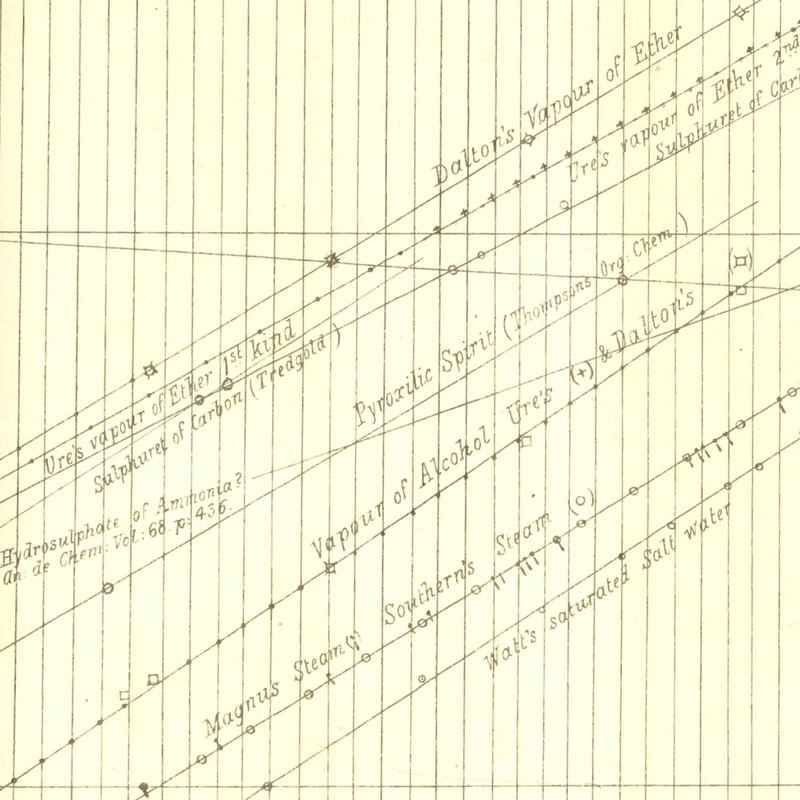
John Dalton’s publication of his atomic theory in 1808 was a key scientific moment: over subsequent decades, a number of Fellows of the Royal Society were deeply involved in applying Dalton’s concepts to develop the kinetic theory of gases.
Daniel Bernoulli had laid out the basic principles in Hydrodynamica (1738), presenting gases as clouds of randomly moving molecules. Further mathematical work by James Clerk Maxwell in 1859 and Ludwig Boltzmann in 1871 established how the collisions between individual molecules affected the behaviour and properties of gases.
But there were other scientists working on this theory at the time, and not all of them were equally recognised by their contemporaries. While dealing with a recent enquiry I came across John James Waterston, who sent a paper to the Royal Society in 1845 with the pithy title ‘On the physics of media that are composed of free and perfectly elastic molecules in a state of motion’. It models gases as clouds of individual, perfectly elastic particles. Mathematical proofs are then provided, showing how collisions between those particles can produce heat, while the velocity of each particle affects the rate at which the gas diffuses.
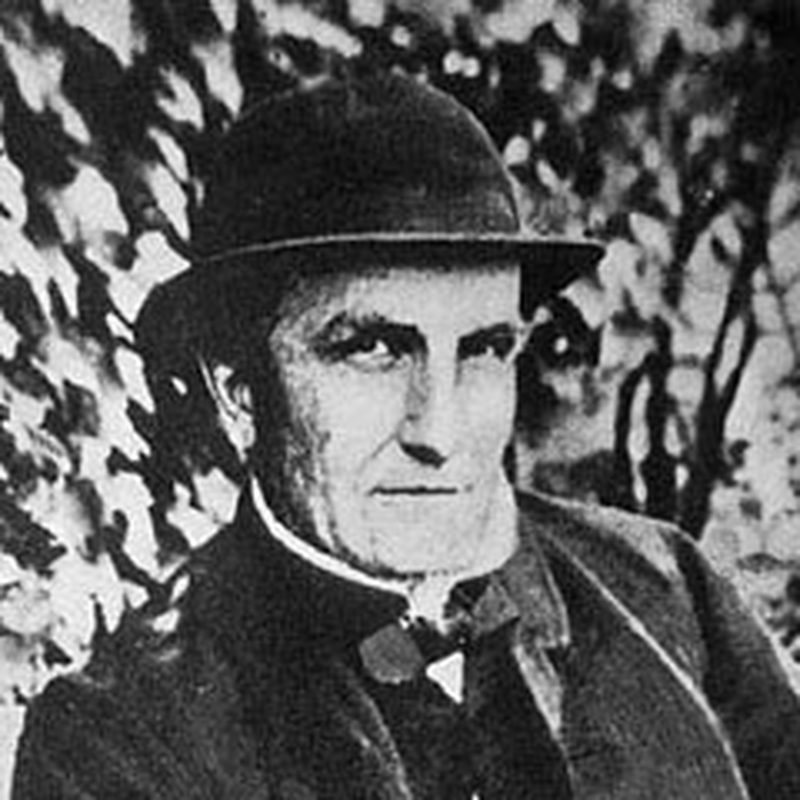 Photograph of John James Waterston, c.1883 (Curious Edinburgh via Wikimedia Commons)
Photograph of John James Waterston, c.1883 (Curious Edinburgh via Wikimedia Commons)
In many respects, Waterston’s work is similar to that of Maxwell’s more than a decade later. So, it’s a little surprising that the Society decided not to publish his paper in the 1840s. Perhaps more astonishingly, it was eventually recognised, and ended up printed in the Philosophical Transactions 47 years after we received it!
Waterston was born in 1811 to a wealthy family in Edinburgh, and studied at Edinburgh University under John Leslie, winner of the Royal Society’s Rumford Medal in 1804. Waterston had already published a couple of scientific papers by the time he came to London in 1832. Initially he worked for the engineering firm of James Walker FRS, but found that it left him little time for his scientific pursuits. He then took a job at the Admiralty’s Hydrographic Department, led by another Fellow, Sir Francis Beaufort.
As a published scientist, based in London with FRS connections, Waterston might seem like the ideal candidate for election to the Society. But in 1839 he accepted a lucrative position as a naval instructor working for the East India Company in Bombay. This gave him the time and funds he needed for his research but left him isolated from London’s scientific community.
The process of getting a paper printed in the Royal Society’s journals was not straightforward for scientists who were not Fellows. The first hurdle was simply getting the paper into the Society’s hands. Only elected Fellows were allowed to present their work directly, so Waterston had to rely on Beaufort to communicate his paper on his behalf. It was read at the Ordinary Meeting on 5 March 1846, which meant it could now be considered for publication by the Royal Society’s Committee of Papers.
 Extract from the minutes of the Ordinary Meeting on 5 March 1846 (JBO/49)
Extract from the minutes of the Ordinary Meeting on 5 March 1846 (JBO/49)
The Committee asked two Fellows to review Waterston’s manuscript and consider its suitability for publication. For this, they chose John Lubbock and Baden Powell, neither of whom were particularly complementary about it. Lubbock’s terse reply described the paper as ‘nothing but nonsense’. Powell’s assessment was better, noting the author’s mathematical skills, but concluding that Waterston’s opening hypothesis was ‘by no means a satisfactory basis for a mathematical theory’. Because the existence of atoms was far from universally accepted at this time, both referees failed to appreciate the significance of the paper. As a result, it was not published in full, although a very short abstract appeared in the Proceedings in 1846.
Waterston could have pursued other avenues to have his work published, though he unfortunately sent his manuscript to England without making a copy first. Papers not chosen for publication were kept by the Royal Society in its library collections. Waterston wrote to the Society asking for it to be returned so that he could submit it to other publications (MC/4/142), but the Society refused. They did offer to have a copy of the paper made, but only at Waterston’s expense (MS/426/204). As I’ve discussed before in another blogpost, Waterston was far from the only scientist who took issue with the Society claiming ownership of unpublished manuscripts.
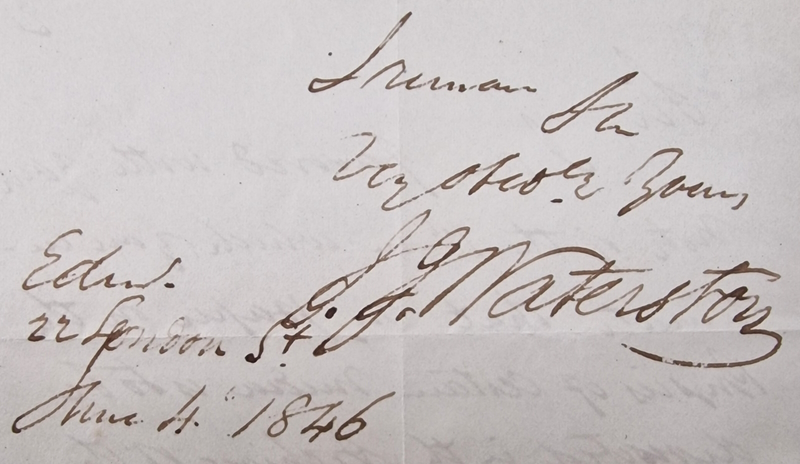 Waterston’s signature on his letter to the Royal Society, dated 4 June 1846 (MC/4/142)
Waterston’s signature on his letter to the Royal Society, dated 4 June 1846 (MC/4/142)
He didn’t entirely abandon his theory, however. Over the next few years, he made several attempts to draw further attention to it. A subsequent paper, titled ‘A general law of density in saturated vapours’ (AP/35/7), was published in a condensed form in Phil Trans in 1852 and mentioned his prior work. He also wrote ‘An account of a mathematical theory of gases” in 1851, a twelve-page outline of his 1845 paper.
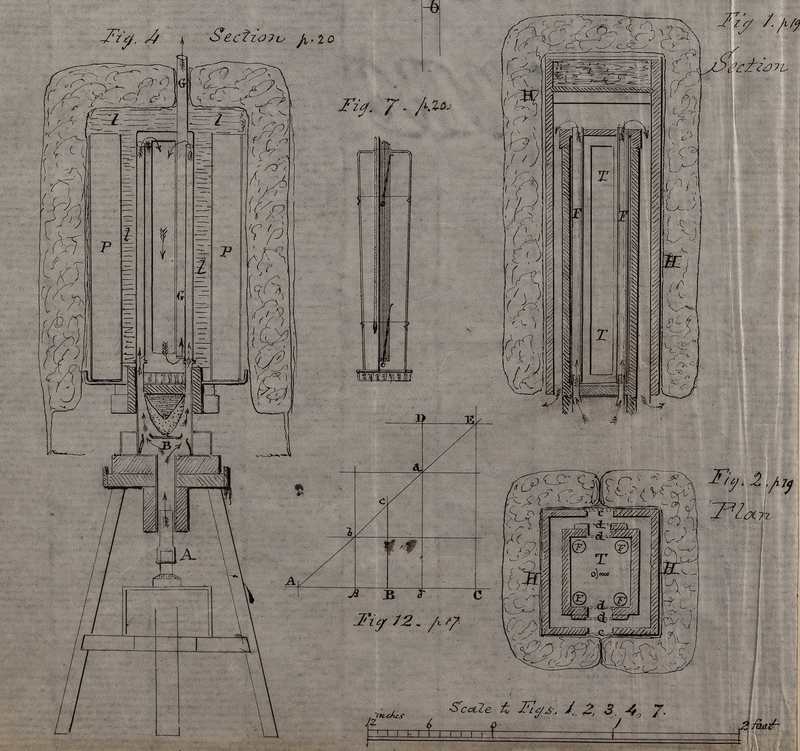 Figures of Waterston’s apparatus, from his 1851 manuscript (AP/35/7)
Figures of Waterston’s apparatus, from his 1851 manuscript (AP/35/7)
Little seems to have come of these efforts, however, and in 1857 Waterston returned to Scotland. He became something of a recluse in his later years, breaking off contact with various London societies. As such, while subsequent works by other scientists in the field were lauded, Waterston’s own efforts remained forgotten in his lifetime. He mysteriously vanished in 1883, possibly drowning while out for his daily walk in Edinburgh though his body was never found.
It was the efforts of Lord Rayleigh, who rediscovered the paper in the Society’s library and realised its historical importance, that led to posthumous publication in Phil Trans in 1892. In the introduction printed alongside the paper, Rayleigh notes that ‘it marks an immense advance in the direction of the now generally received theory’. He refuses to criticise the Society too harshly, however, and even laid some of the blame on Waterston himself: ‘a young author … would usually do well to secure the favourable recognition of the scientific world by work whose scope is limited, and whose value is easily judged, before embarking upon higher flights’. You must admire the mental gymnastics on display here: in defending the Society’s actions Rayleigh is essentially complaining about scientists being too smart for their own good.
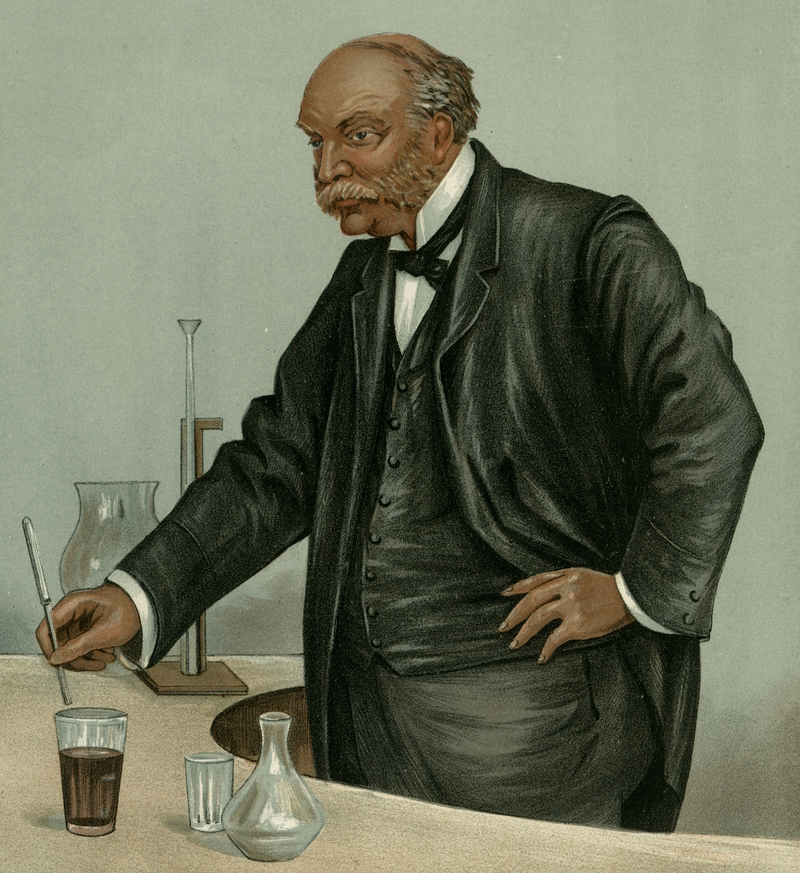 Vanity Fair caricature of Lord Rayleigh, 1899 (RS.20814)
Vanity Fair caricature of Lord Rayleigh, 1899 (RS.20814)
Regardless, Waterston’s work did at least get the recognition it deserved, even if he wasn’t around to see it. Sadly, it’s not clear what happened to his manuscript after it was published. Presumably it had to be taken out of the Society’s library to prepare it for publication, so possibly it was sent to the printers and never returned. Even the plates are missing, despite correspondence (NLB/5/1097) suggesting the engraver worked from photographs rather than the originals.
Of course, Lord Rayleigh might have kept it rather than returning it to the Library, in which case the overdue fine is likely to be considerable by now. We may never know for sure; Waterston’s manuscript seems to have simply vanished into the mist. In this respect, its fate rather curiously mirrors that of the man himself.
Top image: Plate 1 from Waterston's posthumous 1892 Phil Trans paper


